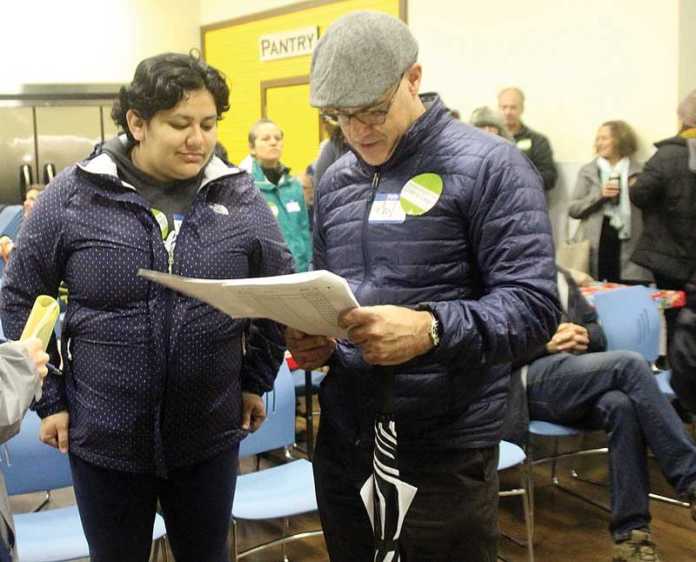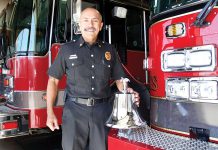SANTA CRUZ COUNTY — Several dozen people braved the rainy pre-dawn morning Thursday to seek out the hidden byways of Santa Cruz County and count the homeless people who live here.
The census, also called a Point-in-Time Count, is conducted nationwide every two years. The count is part of nationwide efforts led by the U.S. Department of Housing and Urban Development.
The information, among other things, helps the federal government determine what homeless services and funding are necessary for each county.
That can mean millions of dollars in state and federal funding for Santa Cruz County, said John Connery, senior research analyst from Applied Survey Research.
The information gathered also provides a look at whether the homeless population is increasing or decreasing, said Homeless Services Center Executive Director Phil Kramer.
In 2015, the number was 1,964, compared to 2,249 two years later.
“It’s incredibly important,” Kramer said. “It is the best data point we have as a community to understand the order of magnitude and the number of people experiencing homelessness.”
The problem is somewhat different in South County, where the homeless population fluctuates at higher rates than other cities. The strawberry season draws a large number of migrant farmer laborers, which increases the demand for cheap and temporary housing. But the supply too often cannot keep pace with the need.
Since the count only happens in January, it’s unclear how the numbers in Watsonville change during the growing season when thousands of people flock to the area.
The count was by observation only, and the information gathered was limited to gender, approximate age, type of dwelling and vehicle type.
That was an attempt to respect the privacy of a population that often wants to be left alone, and to assuage fears that information gathered would be turned over to law enforcement organizations, Connery said.
The information is used only for the purposes of the census, Connery said.
“You’re trying to find a population that in many respects is trying not to be found,” he said. “We take those concerns very carefully. The respect of the community we’re counting is always at the foremost of our thoughts.”
Ken Tauriac, who has lived in Santa Cruz for 50 years and has been homeless for four, was one of about 45 “guides” who know the nooks and crannies of the county where people seek shelter for the night. The guides, he said, were tasked with helping the census takers as they sought their quarry.
He said he also hoped to convince the homeless people that the census takers posed no threat.
“I want to do my part,” he said. “I have family out there and I want to help.”
Volunteer Donna Maurillo, who formerly served as board chair for the Homeless Services Center, said there was a point in her life when she was just “one paycheck” away from homelessness as she struggled to raise her children.
“When I’m lying in my bed at night, I’m very conscious of people who are sleeping outside,” she said.
The results are typically released later in the summer.













